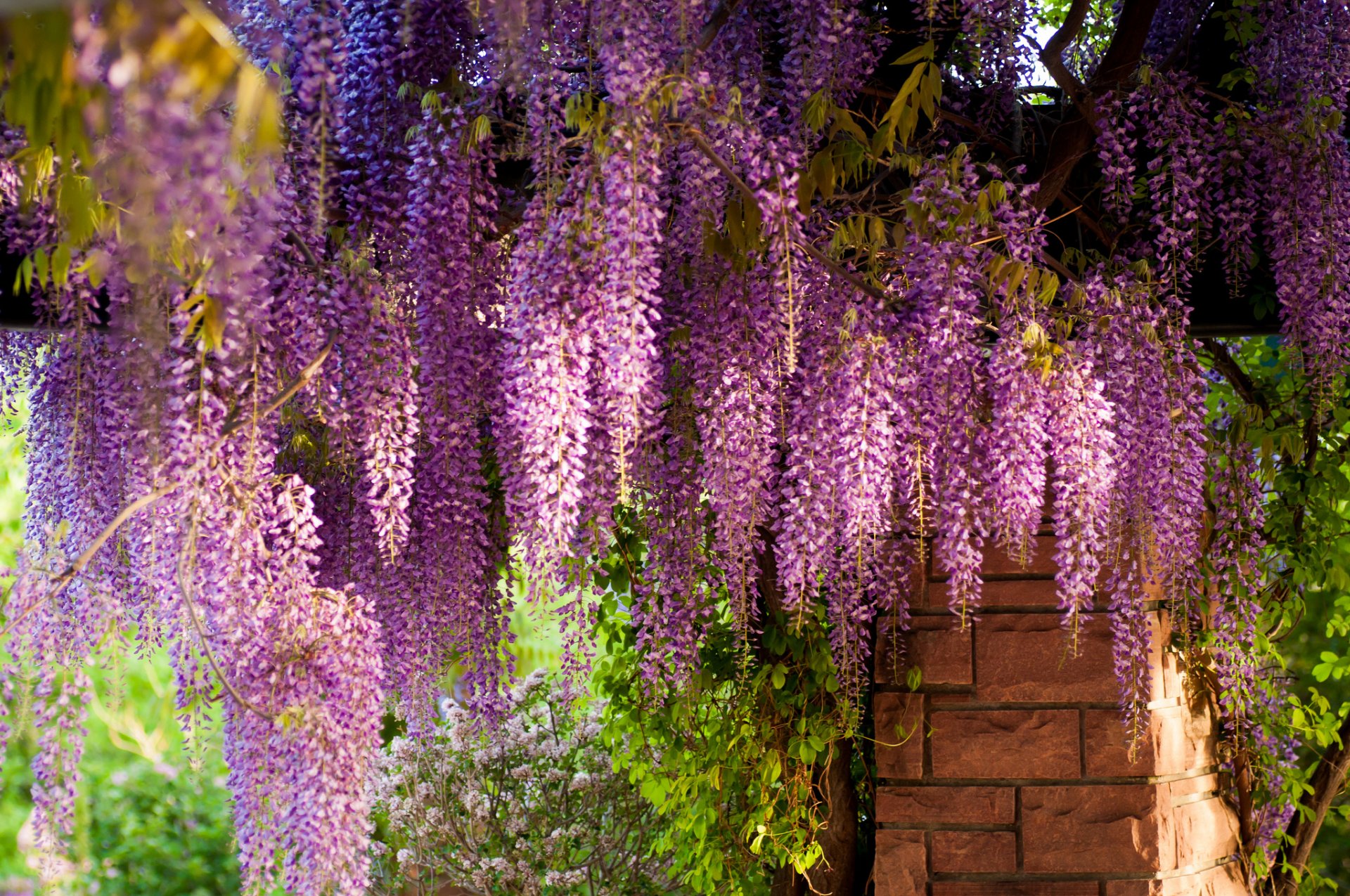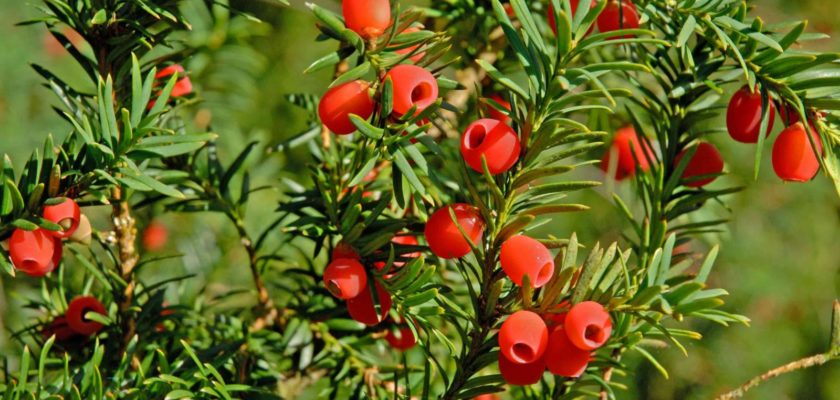Pretty much everyone is naturally scared of snakes and spiders, but little do they know that there are attractive looking plants and also their blossoms that can be as dangerous as these serpents and crawlers. Some reports say that there are greater than 100,000 people that get affected by dangerous plants annually. Here are the 10 Most Poisonous Plant on Earth that you should definitely try to stay away from.
European Yew
This is just one of the oldest trees in Europe. The plant is generally slow-moving growing and also they could mature to 132 ft. tall. The plant’s leaves are dark-green as well as they are level as well as narrow. All sections of the plant are particularly hazardous except the aril. The plant’s toxicity increases substantially when dried out. Eating the venomous areas of the plant can trigger:
- Heart attack
- Impairment of circulation
- Trouble in breathing
- Convulsions, muscle shakes, as well as increased heartbeat.
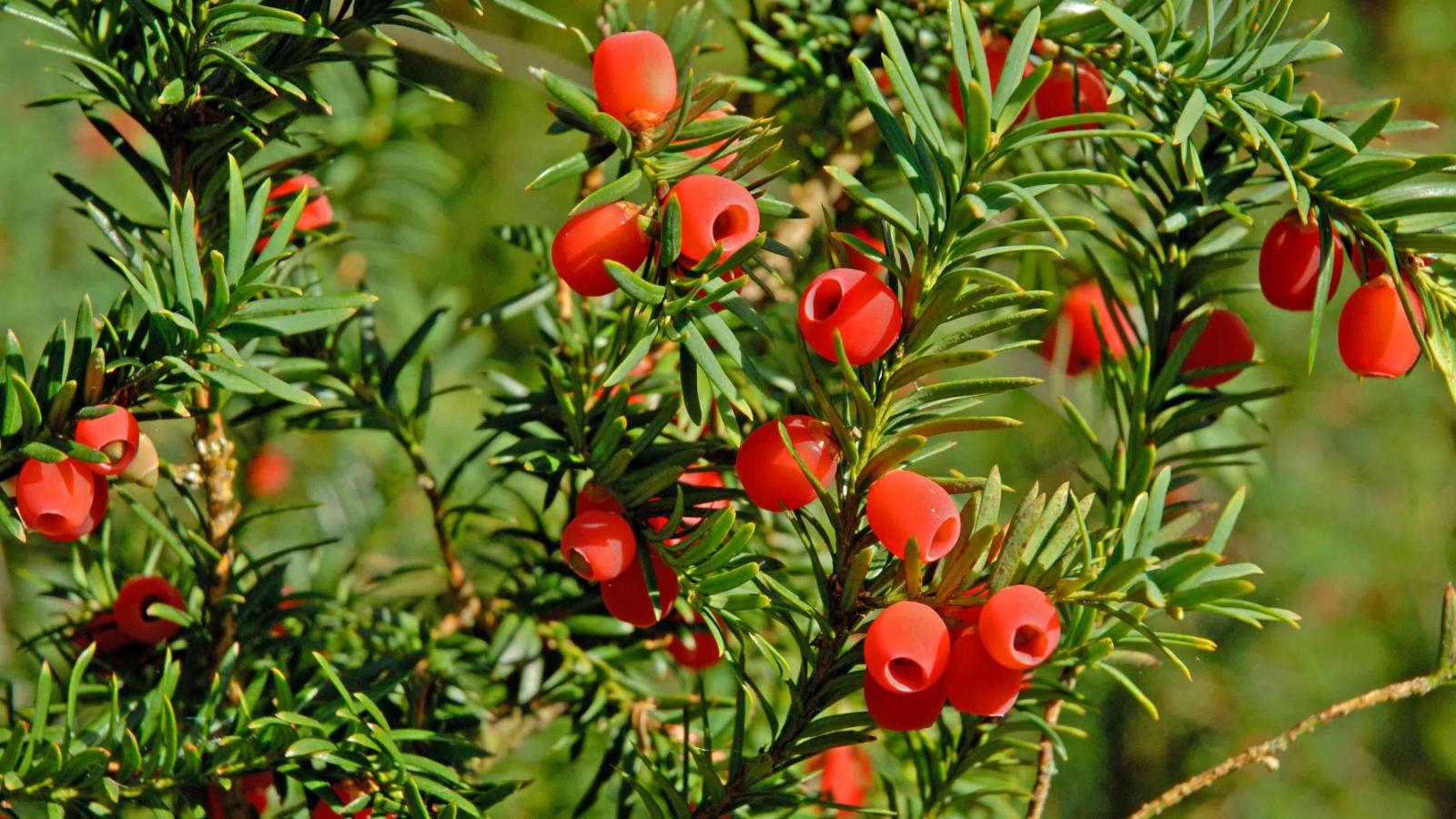
Chinaberry
The Chinaberry stems from tropical Asia. The plant matures to 60 ft. high with vast dispersing branches. The fruits are gold 1/2 inch spheres, which hang from the plant throughout the autumn and also wintertime. The seeds usually taste sour and also nauseating. All parts of the plant alkaloids. The plant include unidentified toxic substance that damages the human gastrointestinal system when any kind of component of the plant is ingested. The fruit is mainly poisonous, but the roots, flowers, bark and also fallen leaves are potentially toxic. When ingested, the poisonous substance causes:
- Diarrhea
- Stomach discomfort
- And intense throwing up
- As poisoning progresses, the victim might experience dilated pupils, as well as could be incapable of speech.
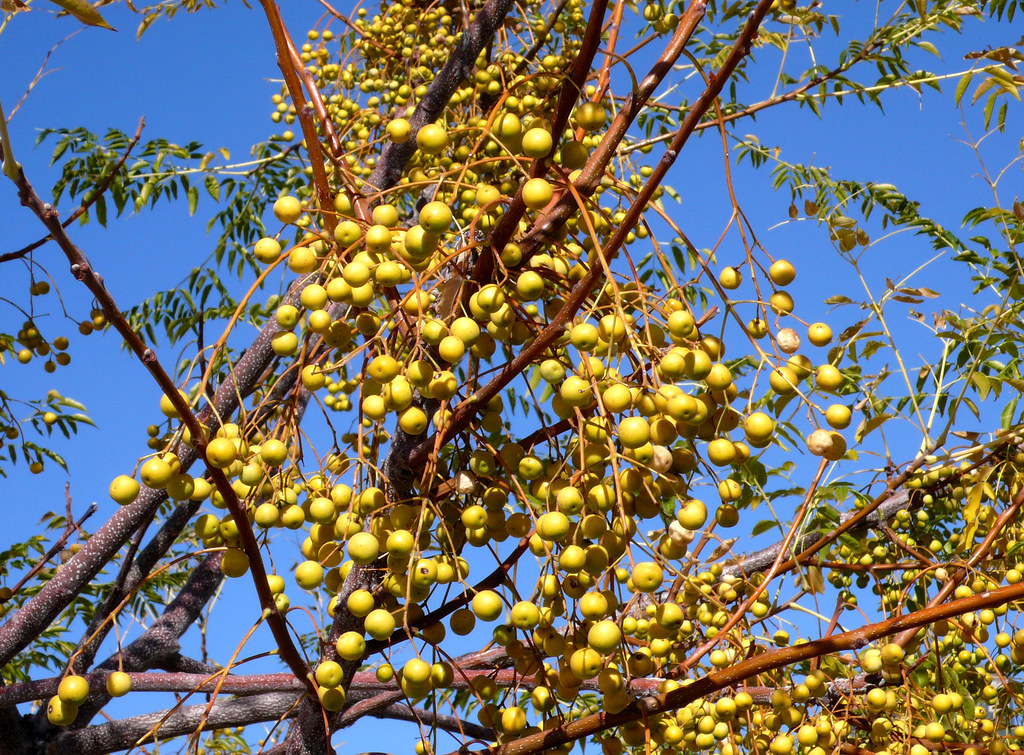
Lucky Nut
This is an attractive evergreen plant that originates from tropical America. The plant grows up to 23 ft. and also it blossoms all the time. All parts of the shrub are harmful as a result of the existence of the heart glucosides, which the body selectively concentrates in the heart muscle mass. Of all the components, the seed kernels are recognized to contain the highest possible concentration of poisons. The consumption of the plant components creates:
- Numb burning in the mouth along with throat
- Diarrhea, throwing up, and also stomach pain,
- Dizziness as well as dilated eyes
- Irregular heartbeat and heart failure.
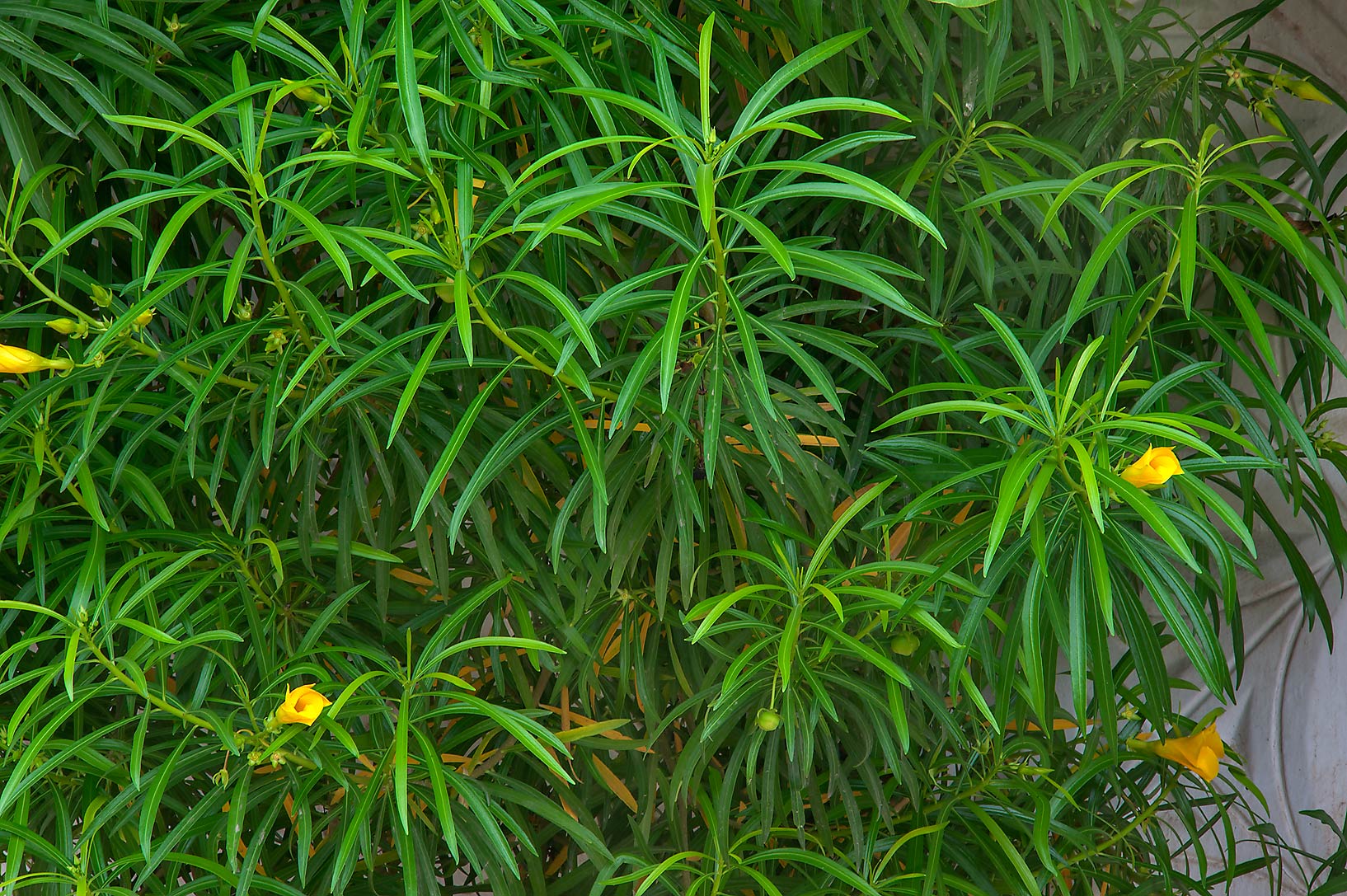
Castor Bean
The castor bean plant stems from East and also Northeast Africa to the Middle East. The plant grows from 3 to 30 ft. tall. The plant has distinct leaves, which are normally 4 to 30 inches large. The round fruit is covered with soft bristles with tick-shaped seeds referred to as beans. The seed layers have lethal contaminant referred to as ricin, which is among the most dangerous compounds understood to male. Consumption of the toxic parts triggers:
- Extreme bleeding lesions in the intestines and stomach
- Serious bleeding lesions in the throat and mouth.
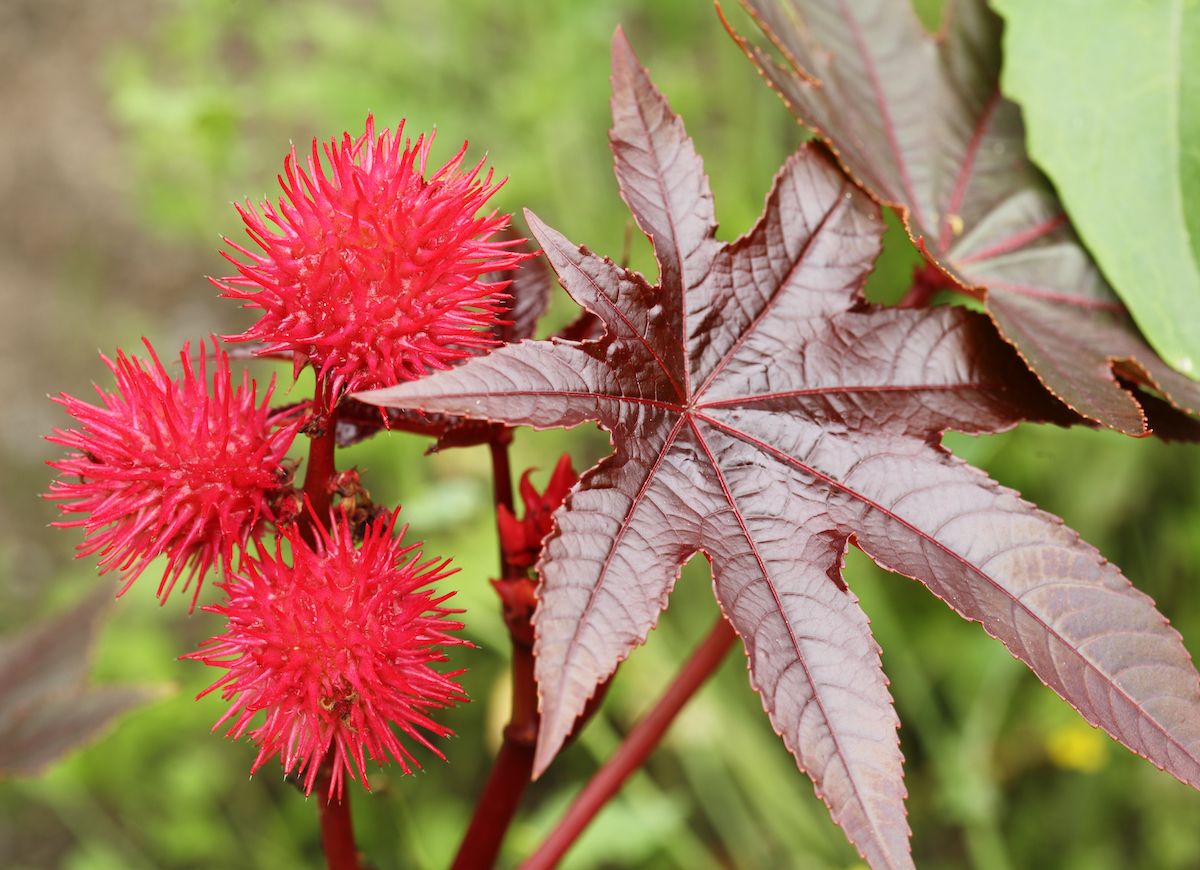
Hemlock
This plant belongs to the parsley family and also it expands to a height of 2 to 6 ft. The plant mostly grows in damp waste areas and also has an origin stalk that resembles a pleasant potato. The stem is hollow as well as coarsely found with red spilling. The leaves are large and large dispersing. The flowers as well as leaves of the plant can conveniently be misinterpreted for those of carrots and also parsnips. When consumed, poison hemlock can create:
- Excessive salivation
- Anxiety, weak pulse, dilated pupils, tremblings, weakness and migraine
- Diarrhea, vomiting, queasiness, and stomach pain.
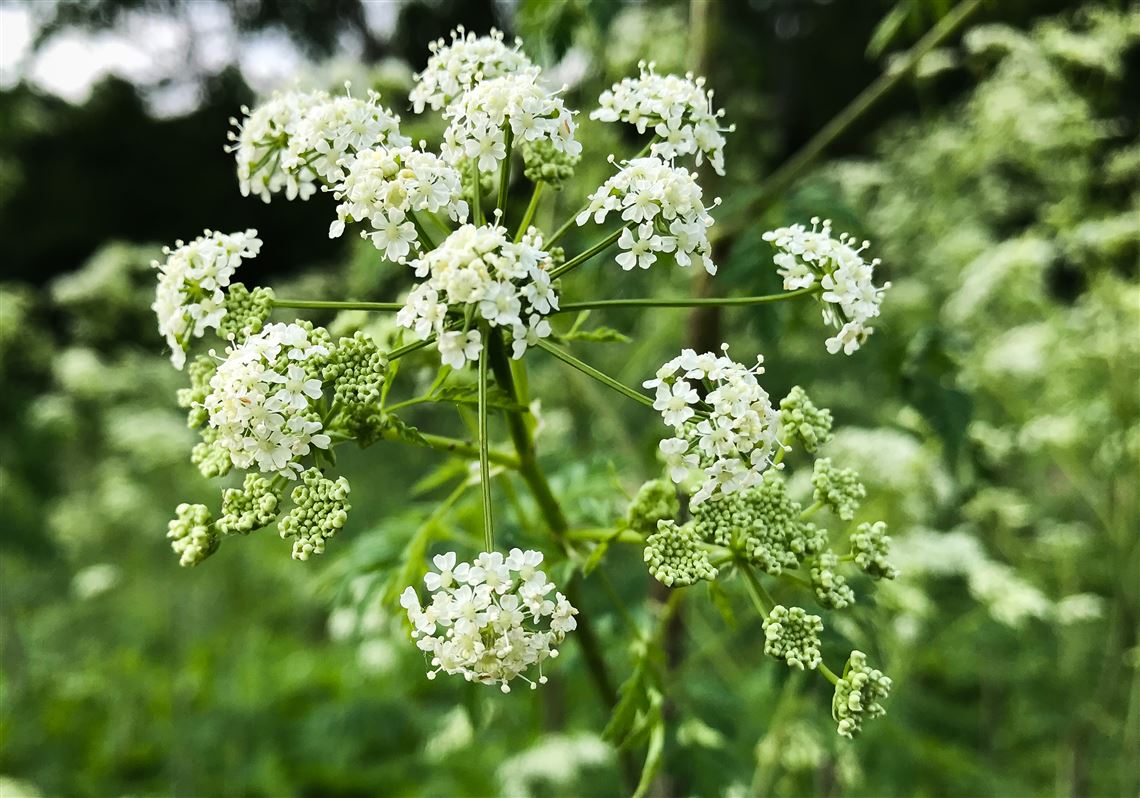
Rosary Pea
This is a perennial plant that usually twins around trees to an elevation of 20 ft. The plant is defined by 1.5 inch long pods that are pea-shaped as well as they normally split open to reveal red seeds. The plant’s seeds are extremely toxic. Really, a solitary seed can generate adequate toxin to eliminate a human. The seeds generate abrin, which is amongst one of the most effective poisonous substances recognized to man. Symptoms of poisoning include:
- Fever
- Stomach upset
- Hyper-excitability
- Diarrhea, colic, drool as well as vomiting.
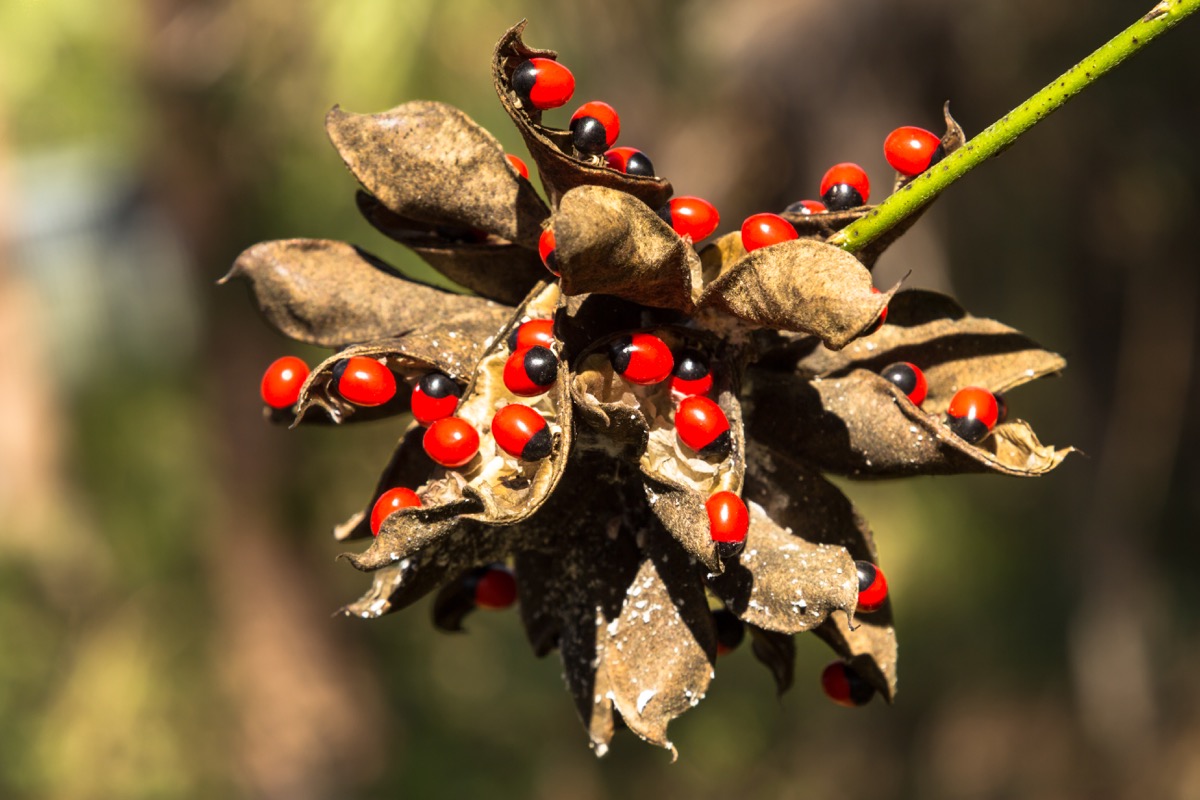
Wisteria
These are stunning looking purple blossoms that originate from Japan, some parts of USA as well as China but today found all around the world. The Wisteria is a creeping vine and the plant can be quite large with a thick trunk and vine branches that can extend as far as 60 ft. While the blossoms on it look fairly lovely, it is thought that entire plant is rather harmful; eating any part of the shrub can create the following:
- Migraine and headache
- Queasiness and nausea
- Fever and also diarrhea
The treatment to exposure however is quite simple consisting mainly of anti-nausea drugs.
